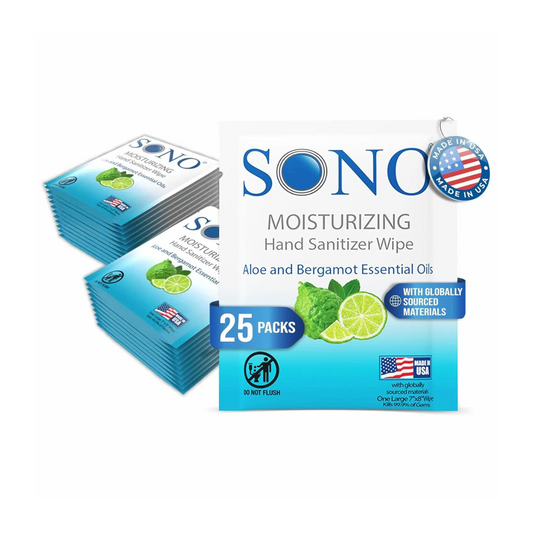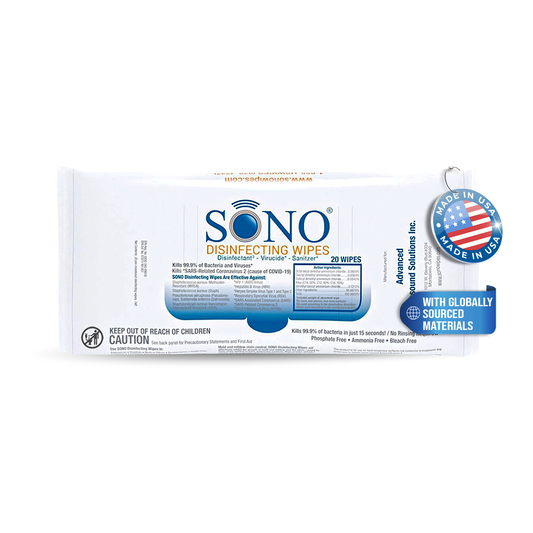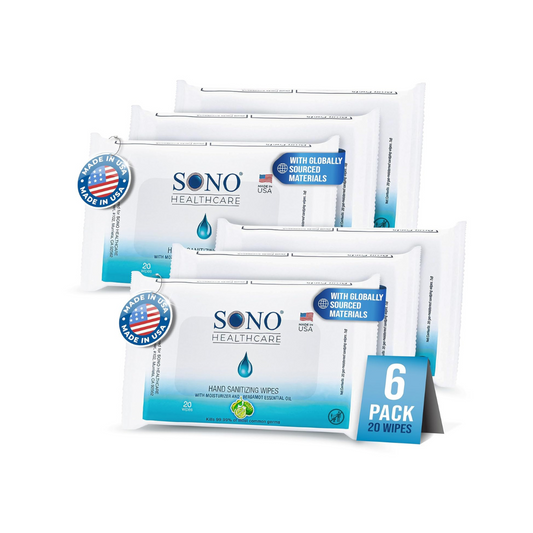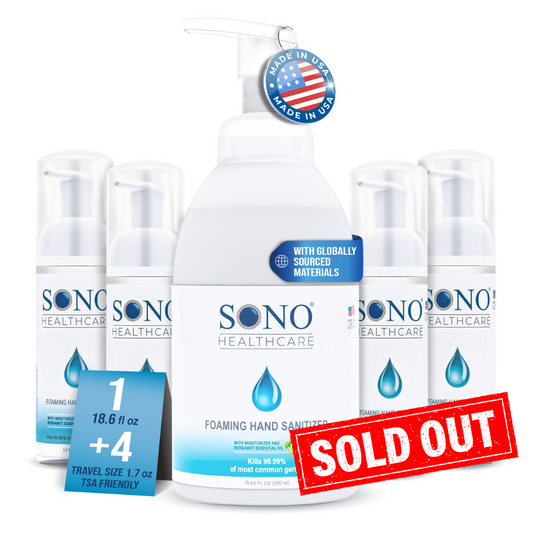Introduction
Doorknobs, switches, and phones may look harmless—but they’re some of the germiest places in your home and workplace. Research shows that cold germs can survive on surfaces for hours, sometimes even days, depending on the material.
That’s why cleaning and disinfecting high touch surfaces regularly is one of the most effective ways to skip the germs and protect your household.
What Are High Touch Surfaces?
High touch surfaces are objects or areas that people touch frequently throughout the day. Examples of surfaces to be cleaned include:
- Door handles and knobs
- Light switches
- Phones and remote controls
- Countertops and appliance handles
- Bathroom faucets and flush buttons
- Keyboards and computer mice
- Handrails and elevator buttons
Cleaning vs. Disinfecting: The Difference That Matters
Many people confuse cleaning with disinfecting. Here’s how they differ:
- Cleaning (household washing): removes dust, dirt, and debris using soap and water.
-
Disinfecting: uses solutions that kill germs and viruses on surfaces.
For best results:
-
Wipe away visible dirt first.
-
Apply a disinfectant—disinfectant wipes are convenient for small items, while a disinfecting spray works better for larger surfaces.
How Long Can Germs Survive on Surfaces?
If you’ve ever wondered “how long can cold germs survive on surfaces?”—here are some insights:
-
Cold germs: several hours, sometimes up to 24 hours.
-
Flu viruses: up to 48 hours.
-
Certain bacteria: days or even weeks.
This is why indoor disinfection is crucial, especially during flu season or after someone has been sick.
Step-by-Step: How to Clean and Disinfect High Touch Surfaces
-
Identify the Surfaces to Be Cleaned
Walk through your home and make a list of high-touch areas.
-
Do Basic Household Washing First
Use a microfiber cloth with warm soapy water to remove visible dirt.
-
Disinfect Properly
Use disinfectant wipes or a disinfecting spray. Follow the label’s instructions and allow the surface to stay wet for the full contact time.
-
Don’t Forget Electronics
Phones, tablets, and keyboards should be wiped daily with electronics-safe products.
-
Build a Routine
Clean and disinfect once a day—or more often when someone in the household is sick.
Non-Toxic Options for Safer Homes
Many families prefer non-toxic cleaning products that are still effective. Options include botanical disinfectants, alcohol-based wipes, and plant-based sprays. These are ideal for homes with children or pets.
Final Thoughts
Cleaning and disinfecting high touch surfaces isn’t complicated, but consistency matters. Use disinfectant wipes for quick jobs and a disinfecting spray for bigger surfaces. With a simple daily routine, you’ll create a cleaner, healthier home.
FAQs





